What is PMI Mortgage Insurance? And Why It Is Not As Bad As You Think

PMI has a bad rep when it comes to getting a home loan. So, why might you actually want PMI?
There are volumes of over simplified, outdated and amateur financial advice on the internet today. Rumors about PMI may be one of the most common when it comes to mortgage loan advice. What’s the truth? How does it really work, and why is it actually something that some Seattle mortgage borrowers should ask for?
What Is PMI?
PMI stands for Private Mortgage Insurance.
When you put down less than a 20% down payment on a home, or you borrow more than 80% of the purchase price or value you’ll be required to get private mortgage insurance.
This is a third party insurance policy which is used when borrowers are taking out what appear to be ‘riskier’ home loans.
Borrowers typically pay this as a part of their monthly mortgage payment to the lender. It is based on a percentage of your total amount borrowed.
Why Lenders Use PMI
Mortgage lenders ask for PMI to offset their risks in making larger loans, and when borrowers are putting down smaller down payments.
Lenders are the beneficiary of this insurance. If you default on your mortgage loan this helps compensate them or cover any losses.
It also gives them more confidence in making more aggressive loans. It allows them to share the risk, and still provide the programs people really need.
Why You Want PMI On Your Next Home Loan
No one wants to overpay for anything. We certainly don’t want to pay a penny more than we have to when it comes to our housing payments. We all like a good deal.
Yet, while we’ve been programmed to think PMI is bad, that isn’t necessarily the case. If you can avoid it by putting down tens of thousands of dollars extra when buying your next home in Seattle, and won’t miss the money, then it may be a smart move.
However, to just say “PMI is bad,” and not consider it, may be financially irresponsible.
Here are some of the reasons you might want it…
Save Huge By Getting The Home Now
Here’s the real trap people fall into by not considering PMI. It lets you buy a home sooner, with less money down.
Why does this matter so much? There are many benefits of homeownership. The sooner you can own instead of rent the better. At the most basic level it can help you save more on moving costs between apartments, and just throwing away money every month helping someone else own the property and building up their retirement nest egg.
It can also help you save tens of thousands of dollars on buying the same home. Let’s say you find a home for $700,000. You can only afford a 5% down payment today. That means you might pay $130 a month in PMI. If you get a 30 year fixed rate loan at 2.75% interest your monthly P&I payment would be $2,714.80.
Now, if you didn’t want to pay PMI, you could wait until you can afford to make a 20% down payment. That’s an extra $105,000 down, based upon the same price. Of course, if that takes you another three years, and somehow that home you really loved comes back on the market, it is probably going to cost more. Over the very long term home prices go up on an average of 5% per year. Sometimes that is a lot more in Seattle. So, that same house would now probably cost at least $105,000 more. So, you’d actually need close to a $165,000 down payment to avoid PMI.
In addition to having to put almost 5x as much money down, interest rates are on the rise. If interest rates increase to 5% in those years while you saved, your monthly P&I payment would actually be $3,457.13 per month. More than $700 extra per month. You’d pay an additional whopping $288,237.86 in interest alone over the life of your loan.
So, what’s better? $130 in PMI per month to get the home now, or over $300,000 more for the same home, if you can save that extra down payment in 3 years?
It's Temporary
Whereas your interest rate may be with you for 30 years, PMI is temporary. You only pay PMI until your loan balance falls beneath that 80% loan to value mark. Once you are in, then you may also have appreciation on your side. You may be able to request that it is removed from your loan in just three years. Or lenders will remove it voluntarily once you get down to around 78%.
Borrow More And Stay Liquid
Even if you do have the money to make a 20% down payment today, it may be smarter to take a larger loan and keep more liquid cash on hand for emergencies. That gives you the most financial security and flexibility.
Alternatives To PMI
If you still don’t love the idea of that little PMI payment for now, then there are some alternatives.
This includes:
- Piggyback second mortgages, like an 80/10 or 90/10
- Pay cash and refinance later
- Make a bigger down payment by borrowing against another property
- Using speciality loan programs like the VA home loan
- Pay PMI upfront in a lump sum at closing
- Have the seller pay the PMI upfront at closing
Summary
PMI has a bad reputation according to some online circles. Yet, when you really dig in and do the math for yourself, it can actually make the most sense. More than that, asking for a loan with PMI could save you hundreds of thousands of dollars on buying the same home now, rather than waiting, or stretching yourself to make a larger down payment.
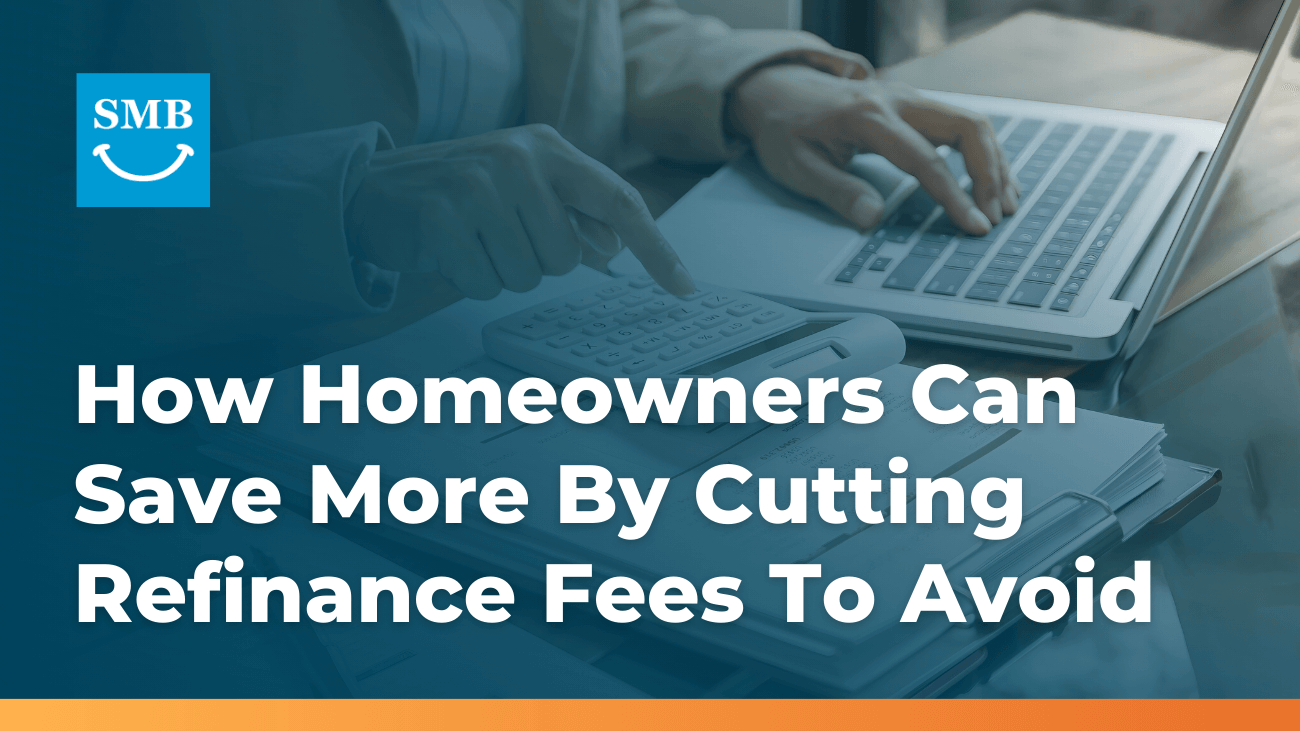
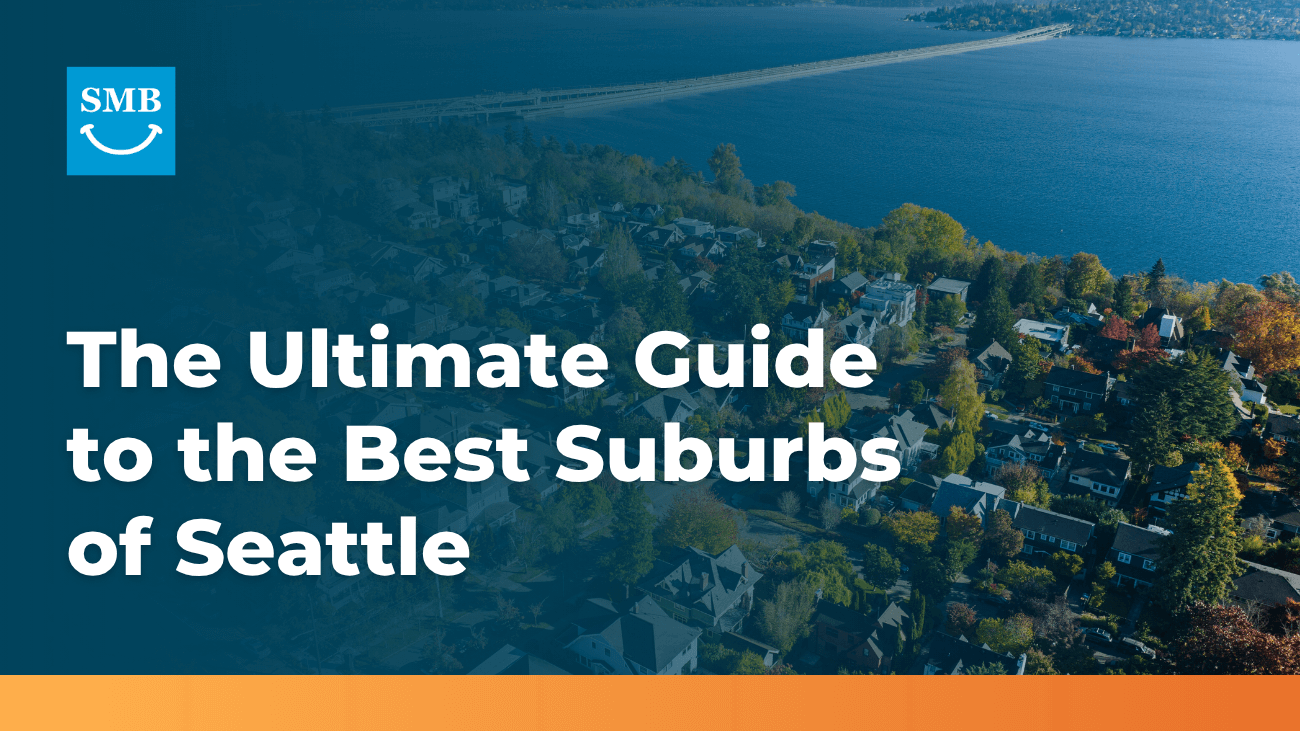
The Ultimate Guide to the Best Suburbs of Seattle
Should You Use a Mortgage Broker? Everything You Need to Know First
How to Find the Right Neighborhoods in Seattle for Your Budget and Lifestyle

Warrantable vs. Non-Warrantable Condos: What Every Buyer Needs to Know Before Financing

How Much Does It Cost to Refinance a Mortgage in Seattle? A Homeowner’s Guide
.png)
How Often Can You Refinance Your Home?
.png)
The Complete Guide to For Sale By Owner (FSBO) in Seattle

10 Questions Every Seattle First-Time Home Buyer Asks

Ultimate Seattle Mortgage Loan Documents Checklist

Your Complete Guide to Seattle Property Tax

Why You Should Work with a Mortgage Broker

Where to Find the Best Local Mortgage Broker

Where Are The Best Places To Live In Seattle?

What’s the Best Way to Save Money for a House in Seattle?

When is the Best Time to Refinance a Home?

What is the Jumbo Loan Limit in Seattle 2020?

What You Need to Buy a House in Seattle

What Is a Jumbo Loan and will you need one when moving to Seattle?

What is the Jumbo Loan Limit in Seattle?

What Is A Non-Warrantable Condo?

What is the Best Down Payment Amount on a House in Seattle?

What is PMI Mortgage Insurance? And Why It Is Not As Bad As You Think

What Is A Cash-Out Refinance?

What do Home Loan Underwriters Look For?

What Down Payment Do I Need for a House?

What Are The Costs of Buying a Home?

What Are The Best Neighborhoods In Seattle For Families?

FAQ: What Are the VA Home Loan Requirements?

WEST SEATTLE JUNCTION ; Seattle Neighborhood Tour

What are RSUs and How to Spend Them

Understanding Mortgage Down Payments

Top 5 Seattle Suburbs to Buy In 2021

Understanding Down Payments in Seattle

The Ultimate Mortgage Document Checklist

Top 10 Mortgage Questions You Should Ask Your Broker

The Worst First-Time Homebuyer Mistakes

The Top 5 Seattle Suburbs for 2020

The Best Seattle Neighborhoods in 2020

How to Find the Best Mortgage Refinance Companies in Seattle

The Best Seattle Neighborhoods for Families

The Best Neighborhoods in Seattle to Buy a Home

The 7 Best Seattle Suburbs for Families

Seattle Neighborhood Guide: The Top 10 Most Affordable Places To Live In Seattle

SOUTH LAKE UNION ; Seattle Neighborhood Tour

Seattle Summer Housing Market Guide 2020

Seattle Housing Market Update 2020

Seattle Housing Market Hacks

Save Money When Buying a House in Seattle

Save Money on Your Mortgage Refinance

Moving to Seattle with a Family? Here's the BEST Suburbs For You!

Refinancing To Reduce Your Bills and Increase Available Cash

Neighborhoods in Seattle to Buy a Home 2020

Real Estate Trends in Seattle

Mortgage Down Payments in Seattle

MAGNOLIA ; Seattle Neighborhood Tour

Mistakes to Avoid with Cash-Out Refinance

How to Refinance Your Home in 9 Steps

Jumbo Loan Limit vs Conforming Loan Limit in Seattle for 2021

KIRKLAND ; Seattle Neighborhood Tour

Jumbo Loan Limit in Seattle for 2021

ISSAQUAH ; Seattle Neighborhood Tour

Is My Credit Score Good Enough to Buy a House?

How to Buy a House; Home Buying 101

How to Lower Your Monthly Mortgage Payment

How to Get the Best Rate for Your Home Loan

How to Buy a House for Less

How Much Home Can I Buy in Seattle?

How Much Do You Really Need for a Down Payment in Seattle?

How Much Home Can I Afford?

Home Price Forecast for Seattle 2020

How Hot is the Seattle Real Estate Market?

How Hot is the Seattle Real Estate Market in 2022?

Home Inspection Questions You Need to Ask

Do You Need a Realtor to Buy a House in Seattle?

FHA vs. Conventional Loan: Which Mortgage Is Right for You?

Find the Best Mortgage Lender for Your Home Loan

Federal Housing Administration Loans 2021

Down Payment Requirements in Seattle

FACTORIA and SOMERSET ; Bellevue Neighborhood Tour

Everything you Need to Know About Seattle Jumbo Mortgages

Everything You Need to Know About VA Loans

Advice To A First Time Home Buyer: Down Payment Assistance Programs Exist for Millennials

CROSSROADS ; Bellevue Neighborhood Tour

Down Payment 101: How Much Money Do I Need to Buy a House?

COVID-19 Mortgage Help for Homeowners

Comparing ARM vs. Fixed Rate Mortgage

Can I Afford To Buy A Home In Seattle?

Choosing the Best Lenders for Home Loans
How to Use Restricted Stock Units to Buy a Home in Seattle

ARM v. Fixed Mortgage: Which is Right For You?

Ballard or Queen Anne? The Best Neighborhoods of Seattle to Buy a House

Avoiding the Worst Seattle Mortgage Lenders

Are You Buying a House in Seattle? Here’s the Ultimate Survival Guide
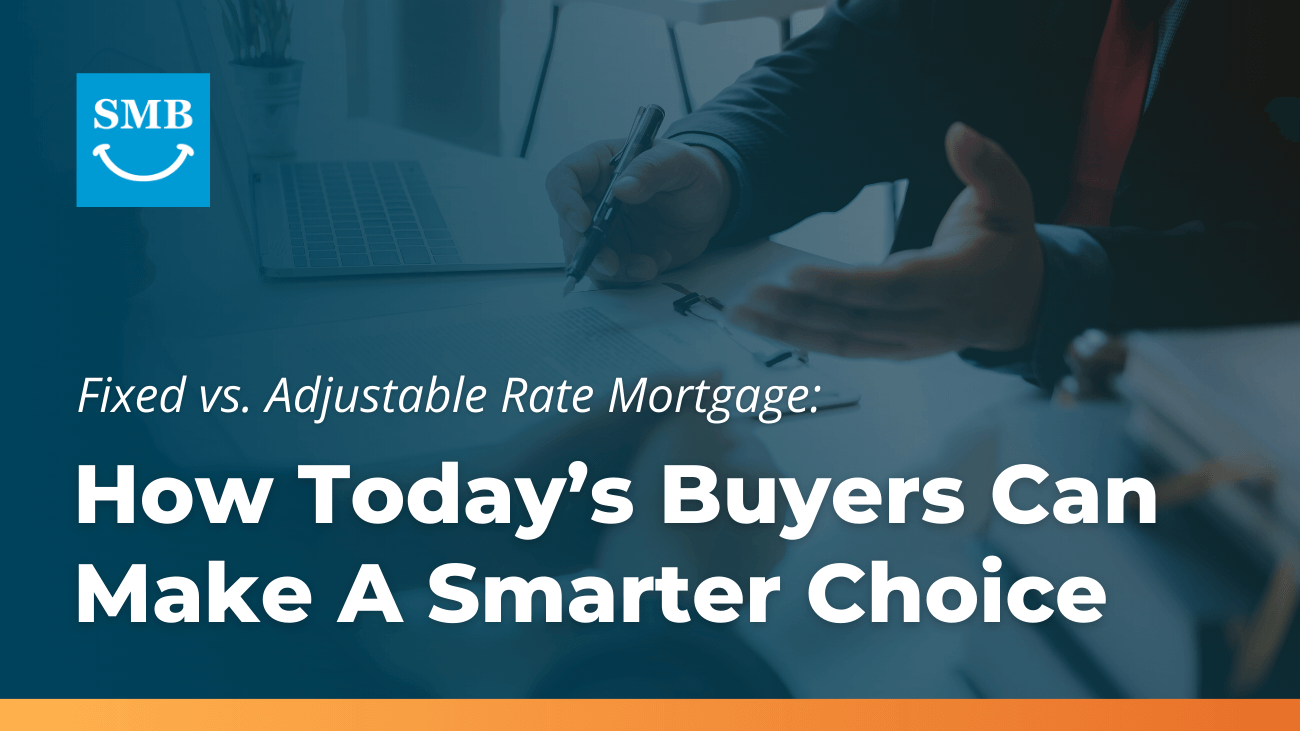
Fixed vs. Adjustable Rate Mortgage: How Today’s Buyers Can Make A Smarter Choice

ALKI BEACH ;; A Seattle Neighborhood Tour

A Complete Guide to Refinancing Your Home Loan

8 Ways to Lower Your Mortgage Payment

8 Mistakes to AVOID When Mortgage Loan Refinancing


















